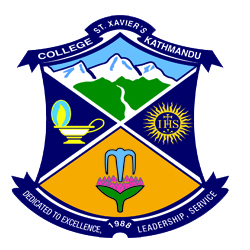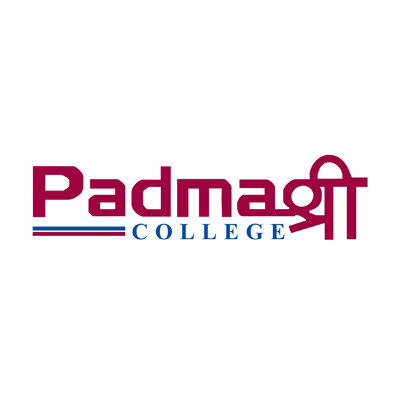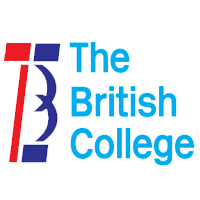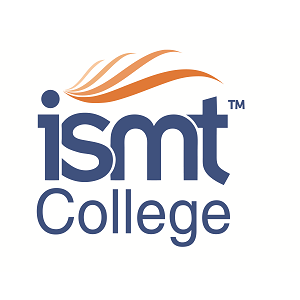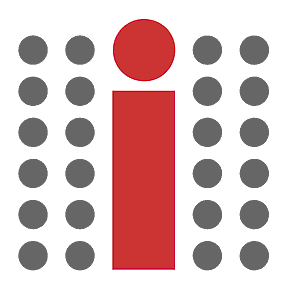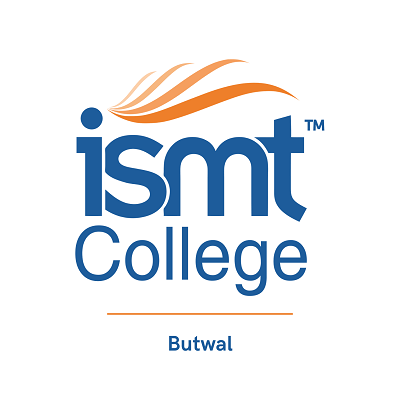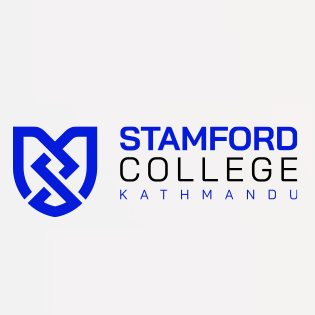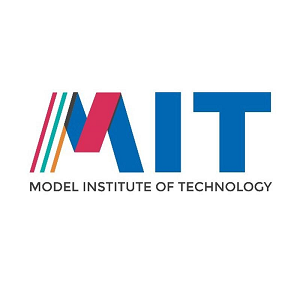Overview
BA in Journalism & Mass Communication (BAJM) at Thames International College
BA in Journalism & Mass Communication (BAJM) at Thames International College runs under Tribhuvan University. The program serves students who want structured training in reporting, editing, media law, and public communication within Nepal’s BA framework.
The Old Baneshwor location places you within reach of media houses, NGOs, and public offices that support class projects and field tasks.
Highlights
-
Affiliation: Tribhuvan University, Faculty of Humanities and Social Sciences
-
Duration: Four academic years in the BA framework
-
Evaluation: Internal assessments plus TU examinations
-
Focus areas: News writing and reporting, editing, media law and ethics, public relations, development communication, and digital media
-
Applied work: Field assignments, production exercises, and presentation-based evaluation
Curriculum Details
Structure and Study Flow
Early semesters introduce core media concepts and news values, basic reporting, and language skills. Classes move into editing, feature writing, media research, and communication theory. Later semesters add development communication, media management, and public relations, with digital platforms and multimedia tasks.
Topic Snapshot
-
Foundations: communication models, media systems, Nepali media landscape
-
Reporting and editing: news gathering, verification, copy editing, headlines
-
Specialized writing: features, profiles, reviews, and opinion pieces
-
Media law and ethics: press freedom, defamation basics, privacy, codes of practice
-
Public relations and advertising: planning, audience analysis, campaign writing
-
Digital and multimedia: web publishing basics, social media practices, content planning
-
Research and methods: proposal writing, sampling basics, data handling, reporting formats
Objectives
-
Build core newsroom skills for print, web, and broadcast contexts
-
Develop research literacy for media assignments and audience studies
-
Strengthen ethical judgment in sourcing, attribution, and public communication
-
Improve writing and presentation for news, features, and institutional messaging
Scope
Graduates work in newsrooms, digital content teams, PR units, development communication projects, and documentation roles. Entry work often includes reporting assistance, sub-editing support, social media management, and basic research for assignments and campaigns. Many graduates pursue postgraduate study in journalism, communication, or media studies.
Learning Outcomes
By completion, students should be able to:
-
Report verified stories using structured interviewing and source notes
-
Edit copy for accuracy, clarity, and style
-
Apply media law and ethics to routine decisions
-
Produce platform-ready content for print and digital channels
-
Present research findings and briefings to academic and professional audiences
Skill Development Modules
-
Newsgathering: beat mapping, source lists, interviews, note-taking
-
Writing and editing: news structure, features, editorials, style checks
-
Digital production: basic CMS, headline and excerpt writing, image and caption standards
-
Audience and analytics: audience mapping, engagement goals, feedback logs
-
Research: content analysis, surveys, simple statistics for media studies
-
Professional practice: portfolio curation, pitching, deadline management
Teaching Methodology
Faculty combine lectures with newsroom-style workshops, case discussions, and supervised projects. Internal assessments track assignments, class participation, and staged submissions before TU examinations. Students practice short field tasks that link classroom work to public communication settings.
Admission Requirements
-
Minimum qualification: 10+2 or equivalent from a recognized board
-
Selection: Merit screening under TU rules; the college may schedule an interview for placement
-
Documentation: Academic transcripts, identification, and intake-specific papers
Career Opportunities
-
News and features: junior reporter, sub-editing support, researcher
-
Digital media: content writer, social media coordinator, page manager
-
Public relations: PR assistant, media monitoring, basic campaign support
-
Development communication: documentation officer, outreach support, communication assistant
-
Institutions and corporates: internal communications, newsletter and website updates
Scholarships and Financial Aid
The college lists merit and need-based options during the admission cycle. Check current categories and deadlines with the Admissions & Aid section.
Why Choose This Course?
-
TU-recognized BA pathway with newsroom practice and research threads
-
Balanced study plan that links reporting, media ethics, PR, and digital skills
-
Central location with access to media organizations for projects and exposure
Conclusion
BAJM at Thames helps you build steady reporting and editing habits while learning research and ethics for Nepali media work. The mix of classroom study, field tasks, and production exercises supports entry roles across newsrooms, digital teams, and communication units.
FAQ
Q1. What kind of practical work appears in BAJM?
Field reporting, copy editing drills, portfolio pieces for print and web, and presentation-based assessments.
Q2. Does the course include media law and ethics?
Yes. Students study legal basics and codes of practice that guide routine newsroom decisions.
Q3. Can I focus on digital media?
Electives and assignments include web publishing basics, social media practices, and content planning.
Q4. What documents are needed for admission?
10+2 transcripts or equivalent, identification, and any intake-specific forms requested by the college.
Q5. Where is the campus located?
Old Baneshwor, Kathmandu.



